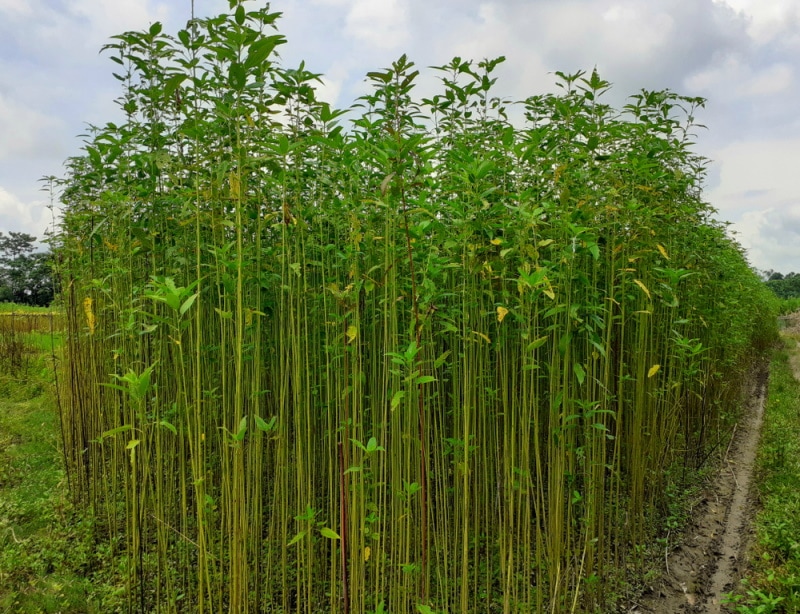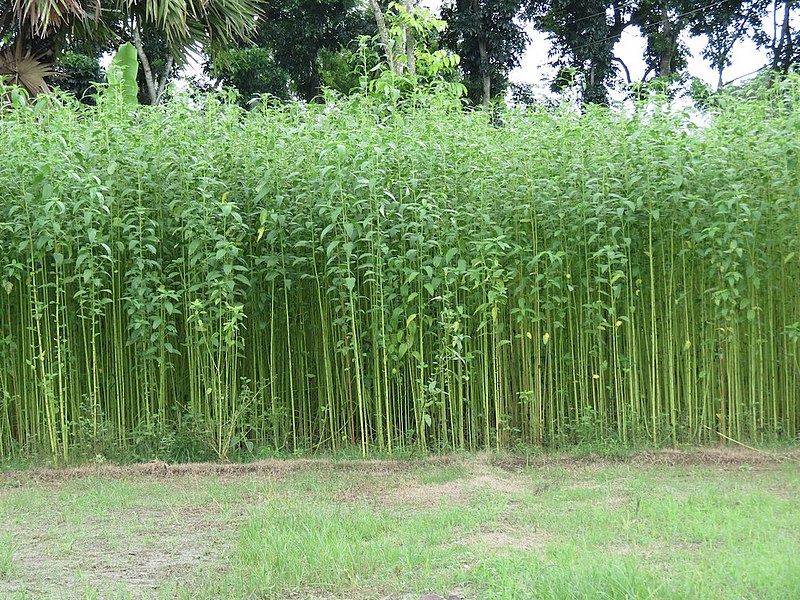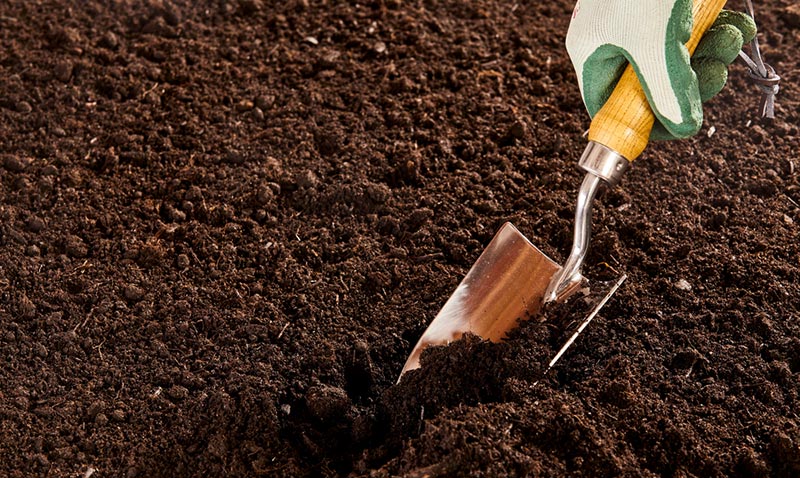Where Is Jute Grown? Uses, Facts, & FAQ
-

- Last updated:

Jute is a versatile and widely used natural fiber that has been around for centuries. It is primarily grown in India, Bangladesh, Nepal, China, Indonesia, and Thailand. Jute can be used to make everything from sackcloth to fabric for clothing or even ropes and twine.
But can you grow jute at home? Read on to find out.

Can You Grow Jute at Home?

Growing jute at home is not a realistic option for most people. This is because the conditions required for jute to grow are quite specific and require a hot, humid climate with plenty of rainfall. That said, it’s certainly not impossible.
If you do decide to try and grow jute at home, there are a few things you should keep in mind. First off, you’ll need to make sure your soil is loamy and well-draining. You also want to ensure the soil pH is between 4.8 and 5.8. Jute grows best in a temperature of around 77°F (25°C), so you’ll need to choose a location with the right climate.
You’ll also need to prepare your soil in advance by adding plenty of organic matter. Once the seeds have been sown, you will have to keep them consistently moist until the seedlings emerge.
Growing jute at home can be highly rewarding, although it’s not for everyone due to the specific requirements. If you do decide to give it a try, make sure you research all the requirements thoroughly before getting started.
How Do You Farm Jute Seeds?

To farm jute seeds, you’ll need to first prepare the soil. This involves adding plenty of organic matter, such as compost or well-rotted manure, and making sure the pH is between 4.8 and 5.8. Once your soil is ready, you can sow the jute seeds in rows at a rate of 10–15 pounds per acre.
When the seedlings have emerged, you’ll need to maintain consistent moisture and keep the soil free of weeds. You can also add fertilizer to the soil if necessary. When the plants are mature, they can be harvested by hand or with harvesting machines. The jute fibers will then be ready for processing and weaving into various products.
Despite its popularity in commercial farming, jute can be grown at home on a much smaller scale with careful planning and attention. Keep in mind that you will need well-drained soil with plenty of organic matter and the right pH balance.
If you don’t have access to jute seeds, try looking for them online or in specialty nurseries, as they are becoming increasingly available. Once the jute plants are mature, simply cut them down and harvest their fibers to make your own unique creations!
With a little bit of care and maintenance, jute can be grown at home or on a larger scale for commercial purposes. Not only is it biodegradable and sustainable, but it’s also incredibly versatile, making it a great choice for those looking to create their own unique products.
How Long Does It Take Jute to Grow?
It typically takes between 4 and 6 months for a jute plant to mature. During this period, the plants need plenty of water and fertilizer to grow healthy and strong. Once the plants reach maturity, they can be harvested by hand or machine.

Conclusion
While jute can be difficult to cultivate at home due to the need for specific climate and soil conditions, it’s possible to grow it in a controlled environment. To be successful, one must ensure that the conditions are just right and provide adequate soil nutrition.
But if you don’t mind the challenge and you have the time to dedicate to the process, growing jute at home can be an interesting and rewarding experience.
Featured Image Credit: John Sarkar, Shutterstock
Contents
